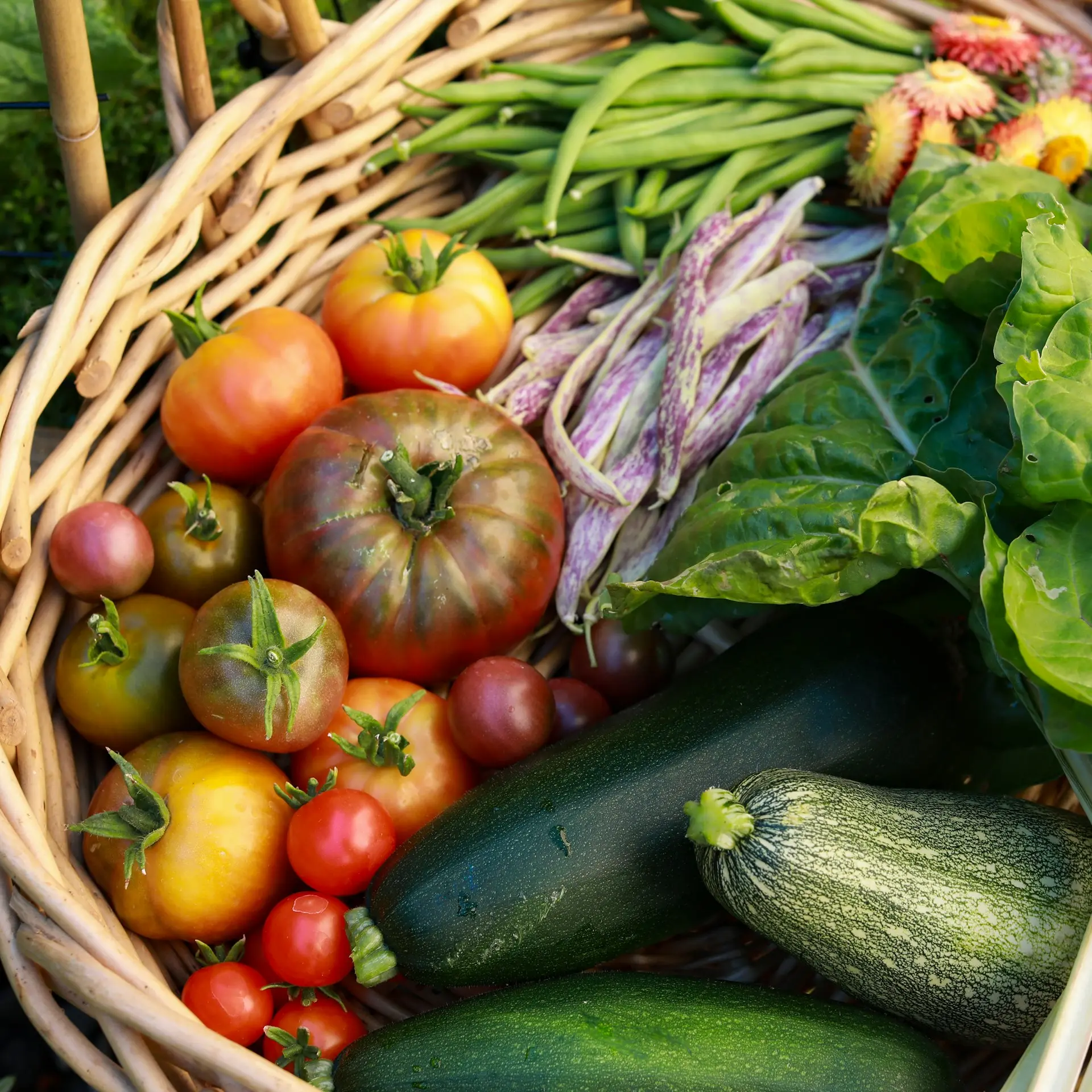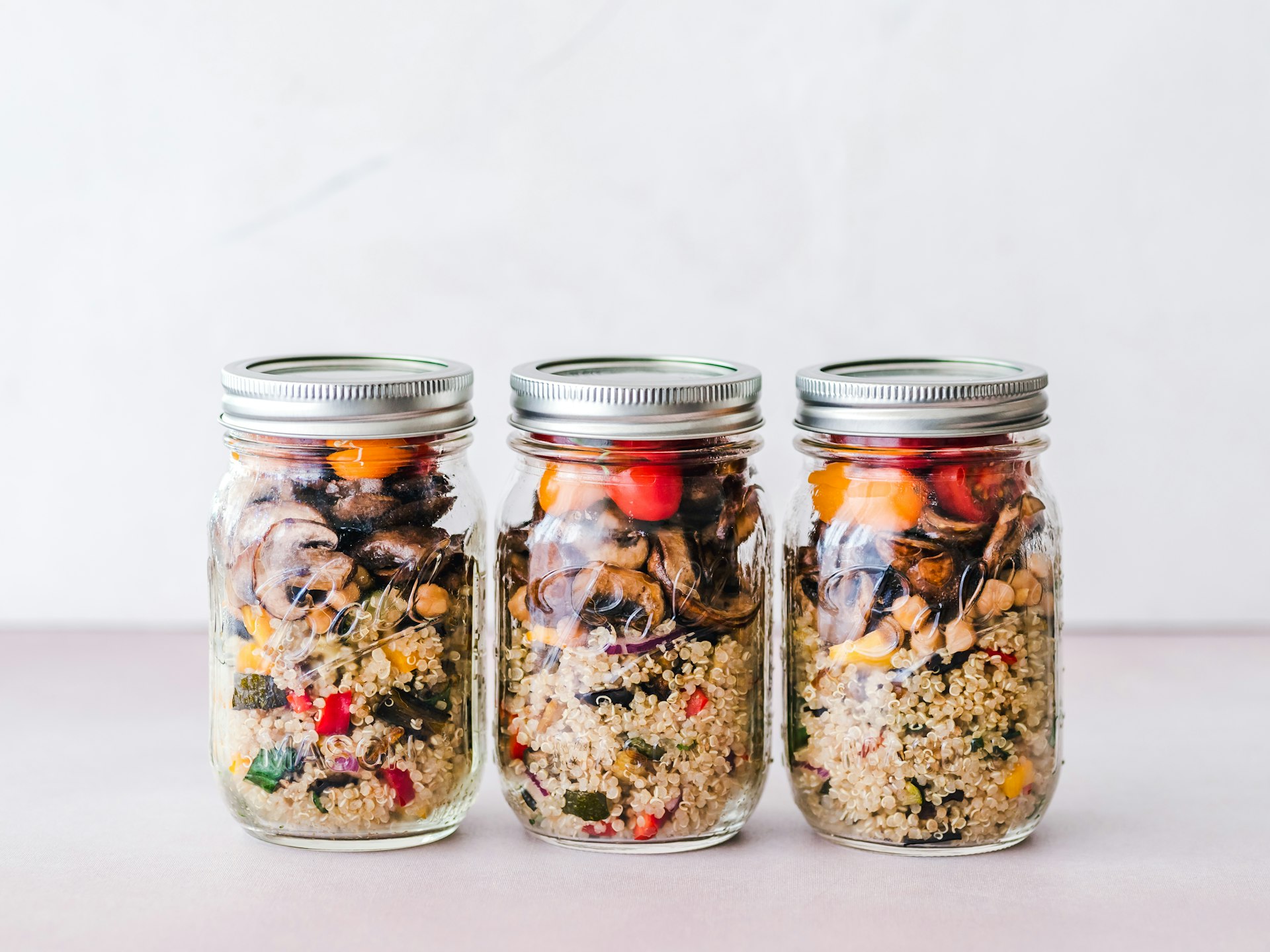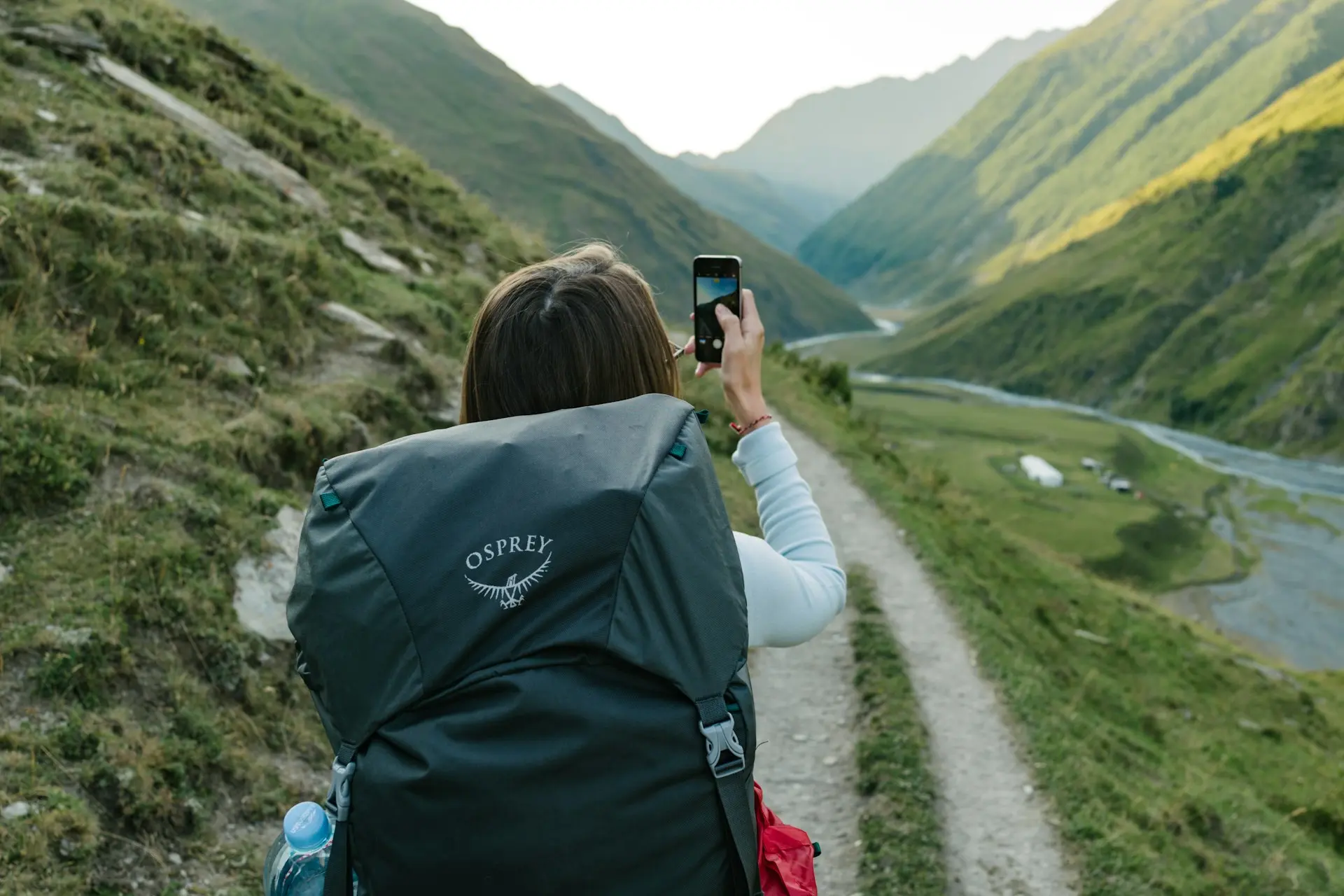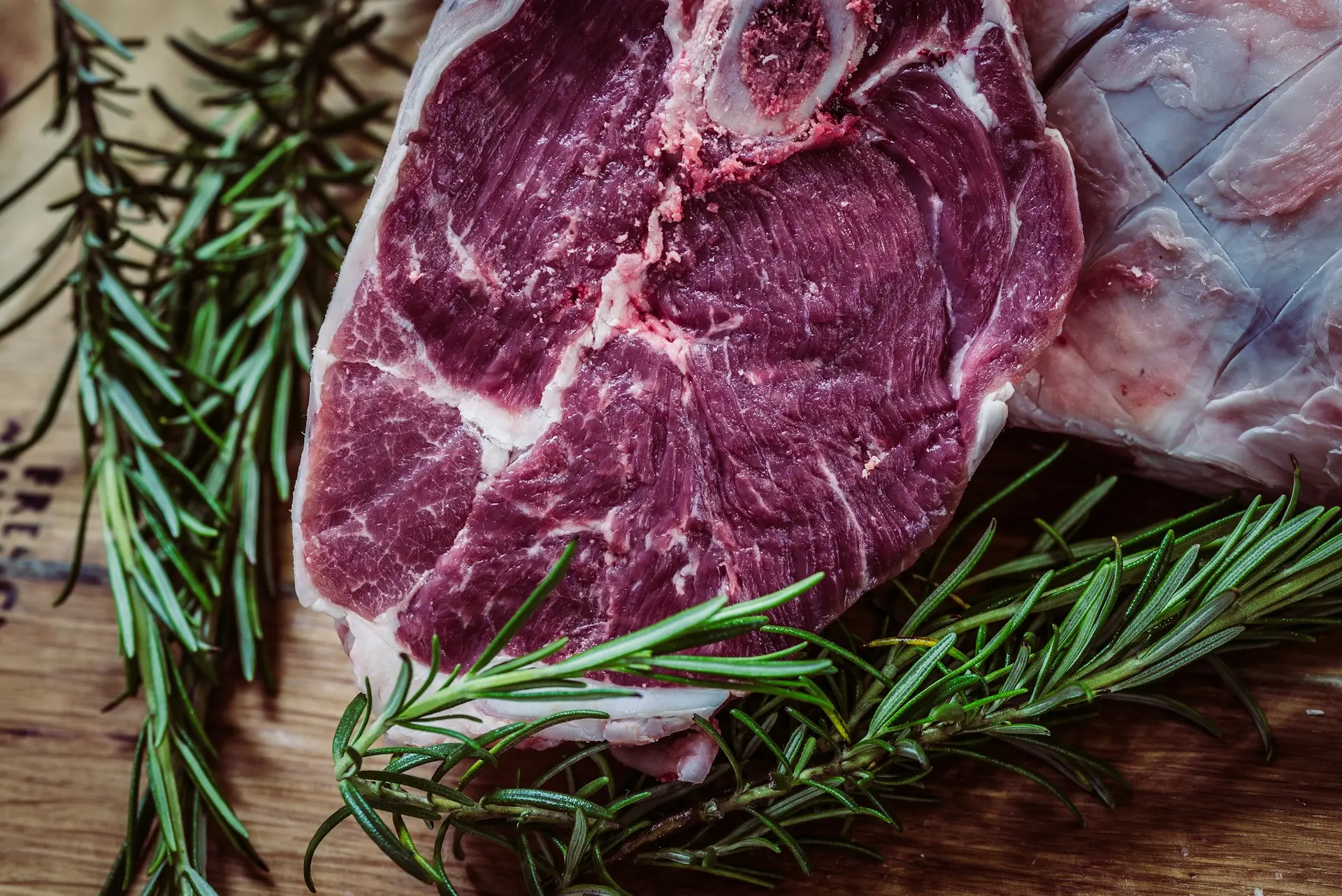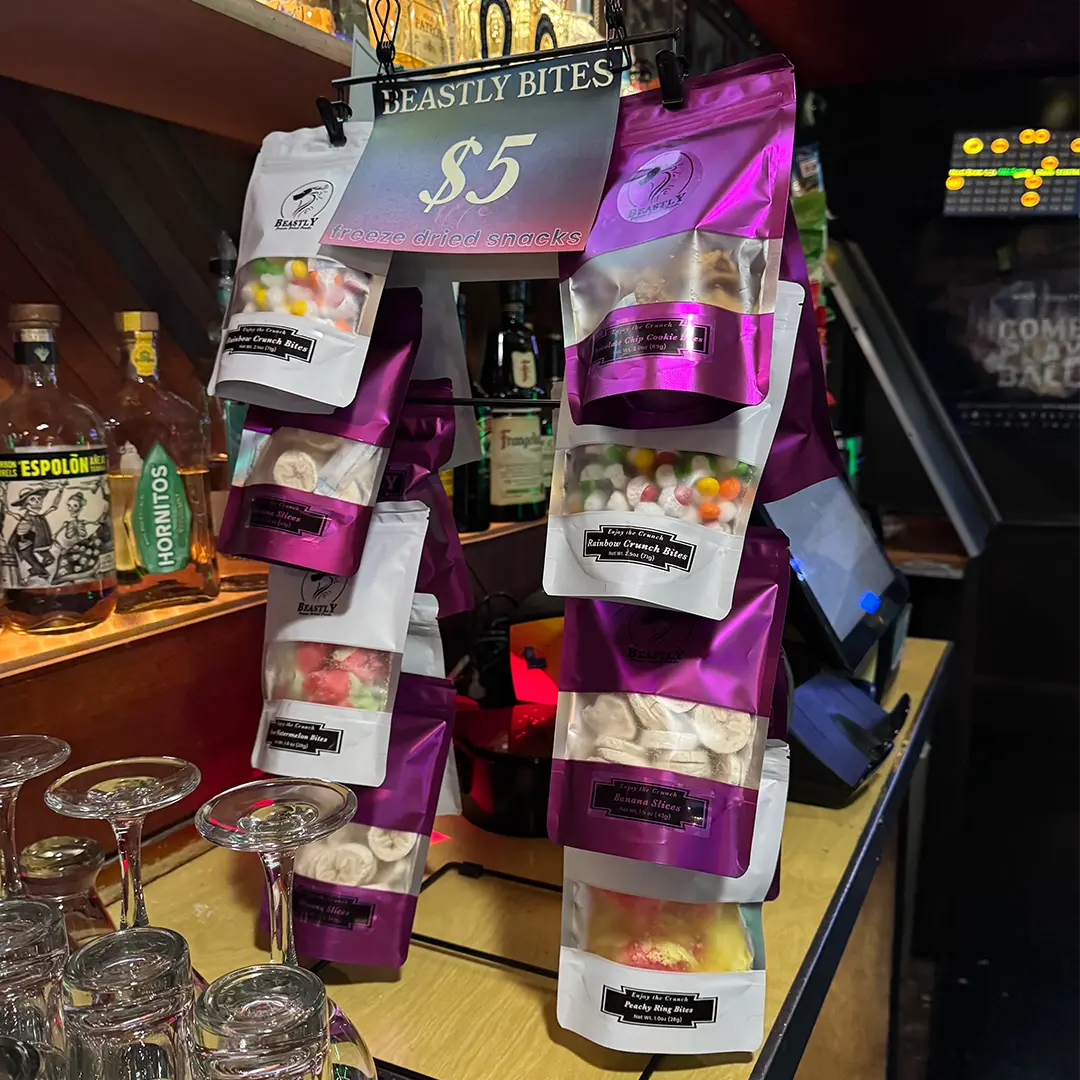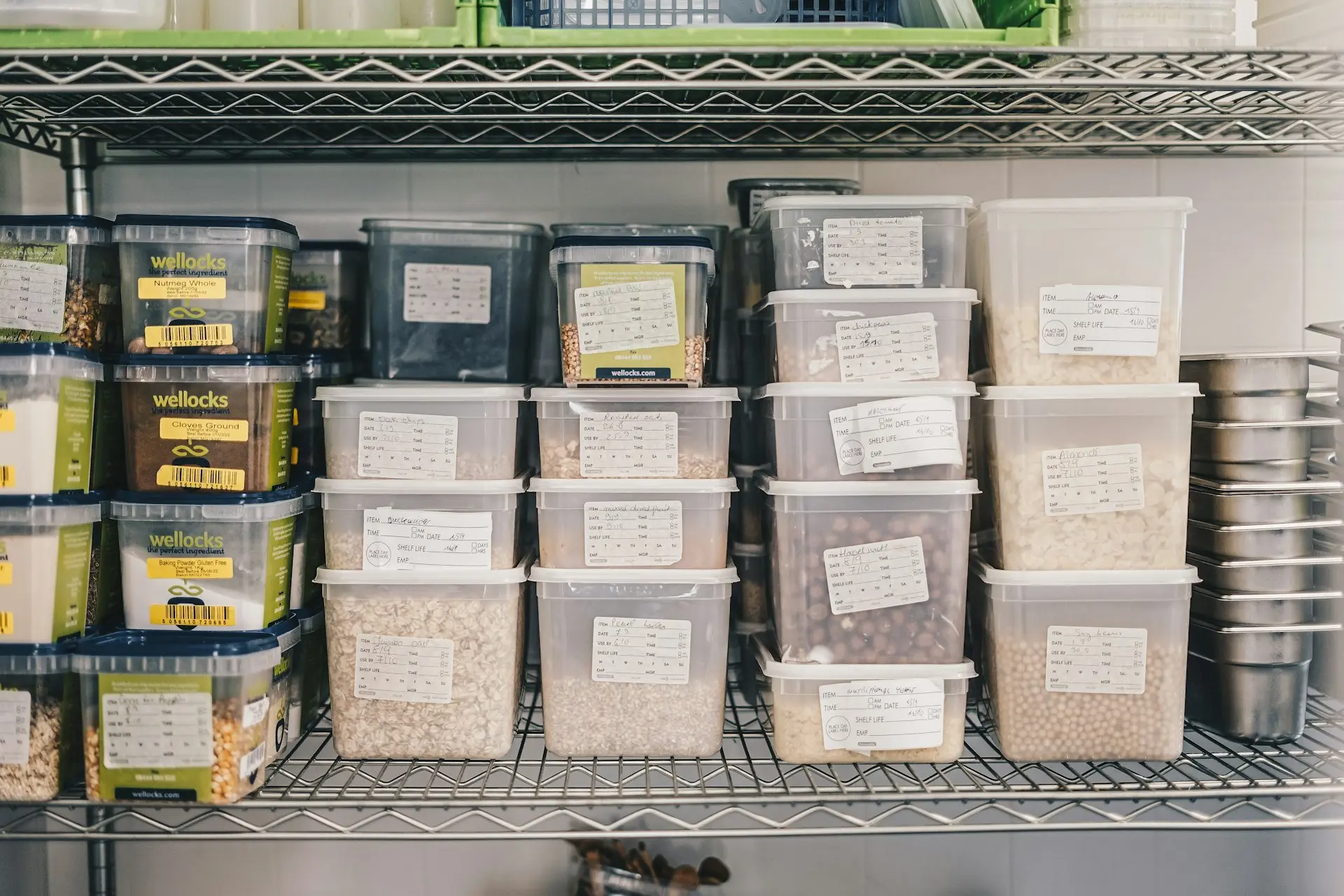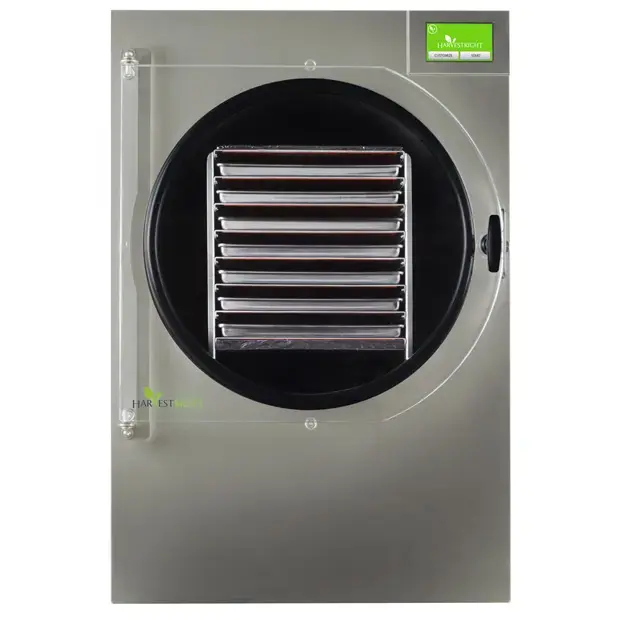
THE SCIENCE OF FREEZE DRYING
Freeze drying, or lyophilization, is a powerful way to preserve food without sacrificing nutrition, flavor, or texture. Unlike other methods, it removes moisture gently by freezing the food first, then drawing out the ice as vapor. No heat damage. No soggy texture. Just real food—preserved for years.
HOW FREEZE DRYING WORKS
1. FREEZE IT SOLID
We begin by freezing food at extremely low temperatures. This locks in freshness, color, nutrients, and flavor.
2. CREATE A VACUUM
The frozen food is placed in a vacuum chamber where air pressure drops dramatically—down to levels similar to the edge of space.
3. SUBLIMATE THE ICE
A gentle amount of heat is applied. Instead of melting, the ice turns directly into vapor (a process called sublimation) and escapes the food. This keeps the food’s shape and cellular structure intact.
4. CAPTURE THE MOISTURE
The vapor is pulled out and collected on cold condenser plates, leaving behind food that’s 98% free of water—but still full of flavor and nutrition.
5. PACK AND PRESERVE
Once dried, the food is sealed in air-tight packaging. Because bacteria and spoilage need moisture to grow, freeze-dried food can last years—while staying shelf-stable, lightweight, and quick to prepare.
WHY FREEZE DRYING IS SUPERIOR TO DEHYDRATING
Freeze Drying | Dehydrating | |
Texture | Crispy or airy | Chewy or tough |
Flavor | Retained | Altered |
Nutrition | 97-99% retained | Up to 50% lost |
Shelf Life | 10-25 years | 6 months to 1 year |
Rehydration | Full restoration | Partial if any |
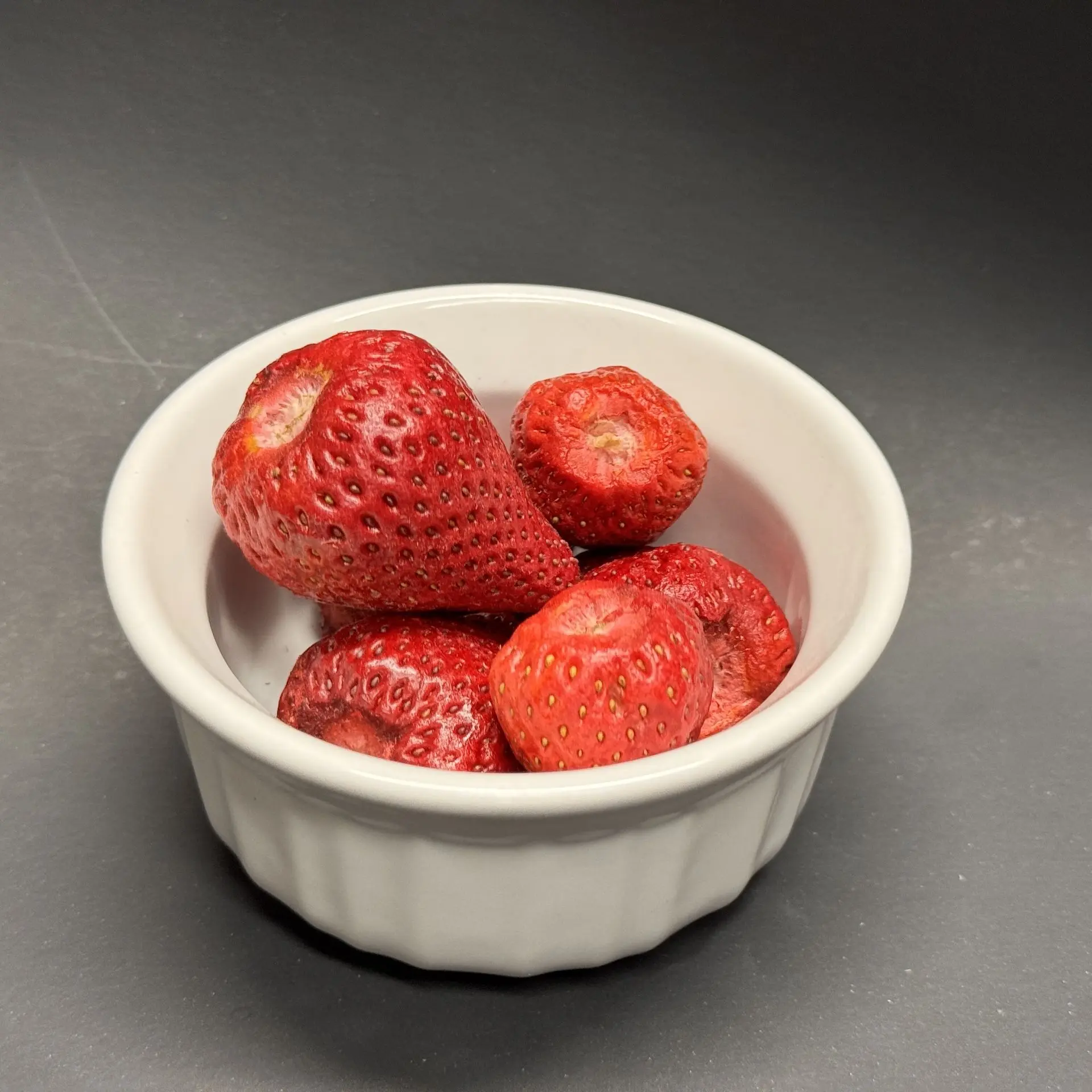
Whether you’re storing full meals or freeze drying a harvest, our process works for fruits, vegetables, meats, herbs, baked goods, and more.
STILL CURIOUS?
Check out our blog or follow us on Instagram for freeze drying tips, behind-the-scenes peeks, and inspiration.
